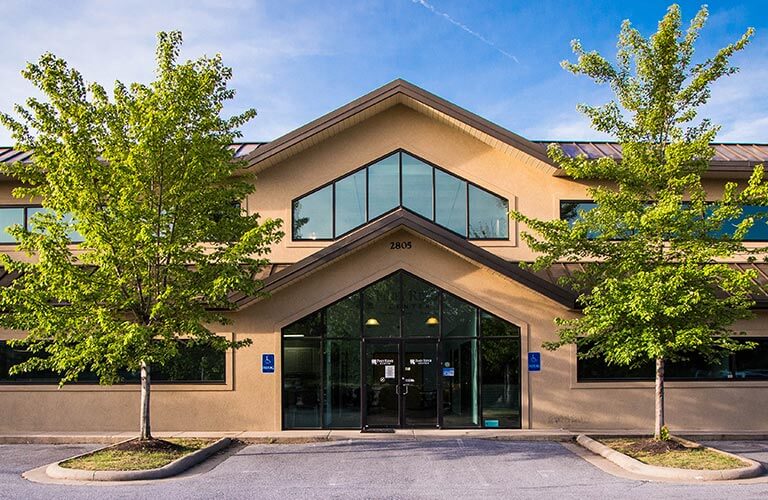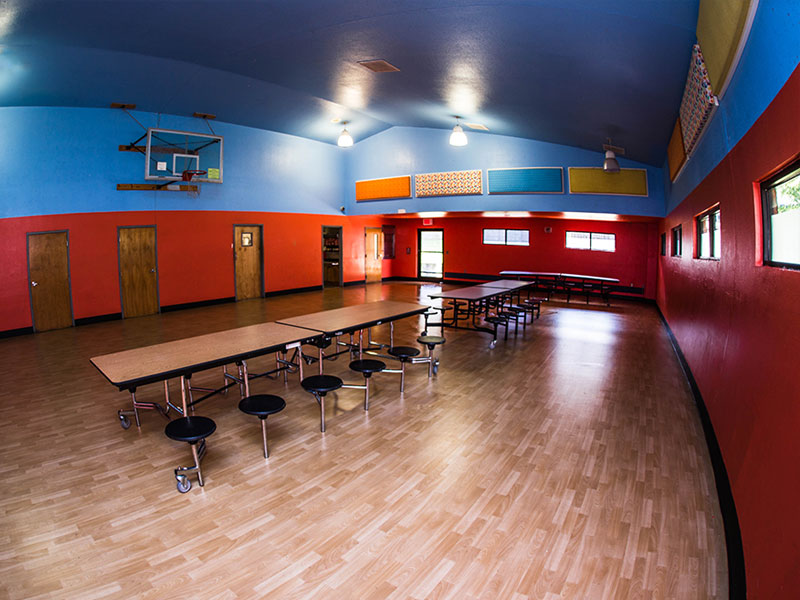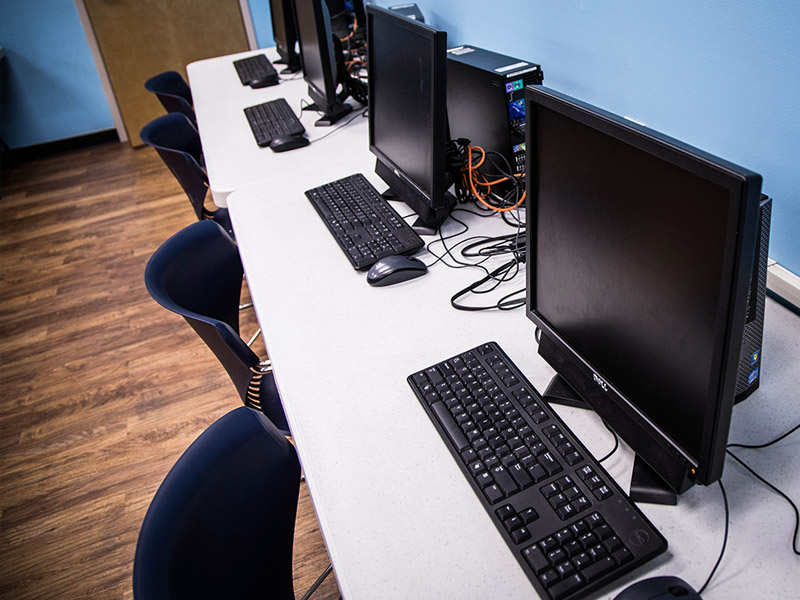No one experiences abuse the same way as someone else. Understanding the signs, symptoms and side effects of abuse is a key component toward starting the recovery journey.
Understanding Abuse
Learn about abuse
When talking about child abuse the first thing that comes to mind for most people is physical abuse, which may be due to the fact that it is the most obvious. However, child abuse is much more than broken bones or bruises. In addition to physical abuse, emotional abuse and neglect are just as harmful to a child. Putting a child in a dangerous situation, ignoring their needs, or making them feel worthless and stupid are all forms of child abuse. No matter the type of child abuse, the result is serious emotional harm.
More specifically, according to Childhelp.org:
“Child abuse consists of any act of commission or omission that endangers or impairs a child’s physical or emotional health and development. Child abuse includes any damage done to a child which cannot be reasonably explained and which is often represented by an injury or serious of injuries appearing to be non-accidental in nature.”
Child abuse is a serious concern that needs to be addressed. The earlier an abused child gets help, the better his or her chances are for a positive recovery. By taking the time to learn about child abuse, the common signs, and what you can do to intervene, you can make a big difference in the life of a child who is being abused.
Statistics
Abuse statistics
Nearly five children die each day in the United States as a result of child abuse; three-fourths of these children are under the age of four. Additionally, it is estimated that between 60% and 85% of child fatalities due to maltreatment are not listed as such on death certificates. Child abuse and neglect spans all socioeconomic levels, ethnic and cultural lines, within all religions, and at all levels of parental education. Child abuse is a preventable form of abuse that leaves scars that last a lifetime.
Types
Types of child abuse
There are a number of different types of child abuse, however the core element of each form of abuse is the emotional effect it leaves on a child. As a child you rely on parents to take care of you, set boundaries, provide structure, and to keep you safe. Children that are abused do not get this from their parents, which leaves them feeling unsafe, not cared for, and alone in the world. The following are various forms of child abuse:
Emotional child abuse: this type of abuse can seriously damage a child’s mental health and social development and can include:
- Constant belittling or humiliating a child
- Telling a child that he or she is no good or is worthless
- Calling them names
- Frequently yelling, threatening, or bullying child
- Limiting physical contact with child (no hugs, kisses, or other signs of affection)
- Ignoring or rejecting child as punishment
- Exposing a child to violence or the abuse of others
Child neglect: is much more common than one might think and is defined as the failure to provide for the basic needs of a child. While often hard to identify, neglected children do not get their physical or emotional needs met. Child neglect can include:
- Not providing child with food, clothing, or supervision
- Parent is physically or mentally unable to care for child
- Alcohol or drug use impairs caregiver’s judgment and ability to keep child safe
- Child has taken on role of the parent
Physical child abuse: this form of abuse is one that involves physical harm or injury to the child and may be the result of a deliberate attempt to hurt the child. However, child physical abuse can also be the result of severe discipline or physical punishment that is inappropriate to the child’s age or physical condition. Many abusive parents may believe that their actions are just forms of discipline, but there is a huge difference between physical abuse and using physical punishment to discipline a child. In physical abuse the following are present:
- Unpredictability- child never knows what is going to set the parent off and he or she is constantly walking on eggshells to avoid a physical assault
- Lashing out in anger- physically abusive parents act out of anger and the desire to assert control
- Using fear to control behavior- parents who are abusive may believe that their children need to fear them in order to behave and so they use physical abuse to keep their child’s behavior in line
Signs and Symptoms
Signs and symptoms of abuse
Since child abuse is not always obvious, learning some of the warning signs of child abuse and neglect can help you be able to identify a child who is being abused. The more you know, the sooner you will be able to get the child of an abuser the help that he or she needs. Some of the common warning signs for the different forms of abuse include:
Warning signs of emotional abuse in children:
- Withdrawn, fearful, or anxious about doing something wrong
- Shows extremes in behavior
- Acts inappropriately adult or infantile
- Doesn’t seem to be attached to parents or caregiver
Warning signs of physical abuse in children:
- Frequent injuries or unexplained cuts, bruises, etc.
- Shies away from touch and/or flinches at sudden movement
- Seems afraid to go home
- Is always watchful or on alert
- Wears inappropriate clothing to hide injuries
Warning signs of neglect in children:
- Clothes don’t fit properly, are dirty, or inappropriate for weather
- Untreated illnesses or injuries
- Consistently bad hygiene
- Frequently late to or missing from school
- Is often left alone or allowed to play in unsafe situations
Effects
Effects of abuse
All forms of child abuse or neglect will leave behind some sort of scar. While some of the scars may be physical, emotional scarring has lasting long term effects that persist throughout a child’s life. Some of the long-term effects of child abuse include:
- Damaged sense of self
- Lack of trust
- Difficulty with relationships
- Core feelings of being worthless
- Trouble regulating emotions
- Development of mental health disorders
- Substance abuse or addiction
- Inability to function at work, home, or school
Types of Treatment
Types of abuse treatment offered at Piney Ridge Treatment Center in Fayetteville, Arkansas
Physical abuse, emotional abuse, and neglect can all be extremely traumatic for a child and, if not treated properly, can lead to irreversible psychological and emotional consequences, all of which can prevent a child from living a normal life. In some instances a child who has been abused will go on to be an abuser themselves. This is why it is essential that abused or neglected children get treatment as soon as possible in order to try and prevent further damage and stop the cycle of abuse.
When treating a child who has experienced abuse or neglect the most important thing to do is place them in a safe environment away from harm. In many instances this may mean that the child, as well as any siblings, need to be removed from the home and the person suspected of abuse. If there are any physical injuries, children should be taken to the hospital where they can receive a thorough exam and get the medical attention they need. Once all physical needs have been addressed, the best option for long-term treatment may be a residential treatment program that has experience treating children who have been traumatized by abuse.
Residential programs that specialize in treating children have been proven to be an effective form of treatment for survivors of childhood abuse. When children enter a residential program, they are immediately placed in a safe, compassionate environment, where they can begin to learn to trust again. Through a variety of different therapeutic methods, children can express their feelings about the abuse, learn coping skills to manage their emotions, and come to realize that they are in no way to blame for what has occurred.



